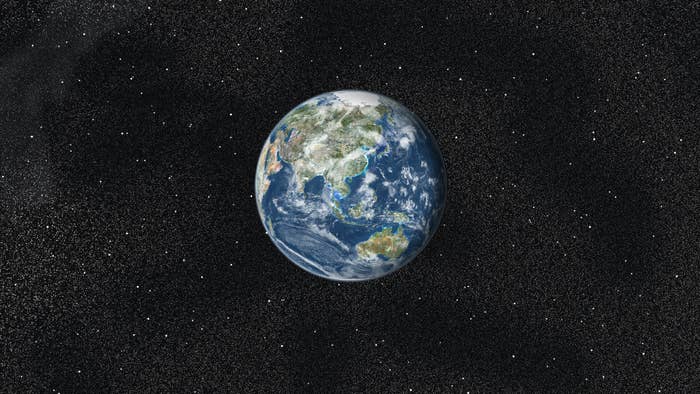
Human activity has forced the world’s wildlife populations to plummet by 68 percent in the last 50 years, with human consumption being the primary culprit.
This new data comes from the 2020 Living Planet Report from the World Wildlife Fund, which evaluates population declines in over 4,392 observed species of mammals, birds, fish, reptiles, and amphibians between 1970 and 2016. Such deterioration in wildlife hasn’t been seen for millions of years, with Latin America and the Caribbean being affected the most, where populations have fallen by an average of 94 percent.
The adaptation of grassland, savannah, forest, and wetland habitats, taking advantage of wildlife, the introduction of non-native species, and climate change have propelled the drop. Humans have changed an overwhelming 75 percent of the planet’s ice-free land surface. The report also adds that ecosystem destruction endangers around one million species—500,000 animals and 500,000 insects—with extinction anticipated in the next decades and centuries.
Though experts in the report say that nature is being “destroyed by us at a rate unprecedented in history,” they also say that the effects can be stopped and reversed with immediate action, like altering how we produce and consume food, working on climate change, and conserving nature. “To feed and fuel our 21st-century lifestyles, we are overusing the Earth's biocapacity by at least 56%,” the report authors said.
Rebecca Shaw, chief scientist at WWF, told CNN that dips in population are suggestive of the planet’s ability to support life. “We often focus on species that are in big trouble, or on the edge of extinction, but by the time the species gets there, it no longer is serving its ecological function,” she said.
She added that "the main driver of species decline is the habitat destruction that comes from agriculture, expanding agricultural production, to produce food.”
Scientists also noted that continued destruction of the Earth would be detrimental to humans.
“This report reminds us that we destroy the planet at our peril—because it is our home. As humanity's footprint expands into once-wild places, we're devastating species populations. But we're also exacerbating climate change and increasing the risk of zoonotic diseases like Covid-19,” WWF-US President and CEO Carter Roberts said in a statement.
Zoonotic diseases are transmittable from animals to humans.
“We are destroying rainforests to convert the land to cropland to feed a growing planet and the growing demand for food, in general, and animal protein, in particular,” Shaw said. “In the process of deforestation and forest fragmentation for food production, we are opening up more and more tropical forests to the poaching of its animals for sale in a worldwide market—and with this is we are exposing ourselves to a dizzying array of new diseases.”
“The longer the wildlife stay in supply chains with other humans and people, the greater the risk of spillover of a wildlife disease to humans. We are playing Russian Roulette with the threat of pandemics and in the end we will lose ... big. And COVID-19 is only the beginning,” she said.

